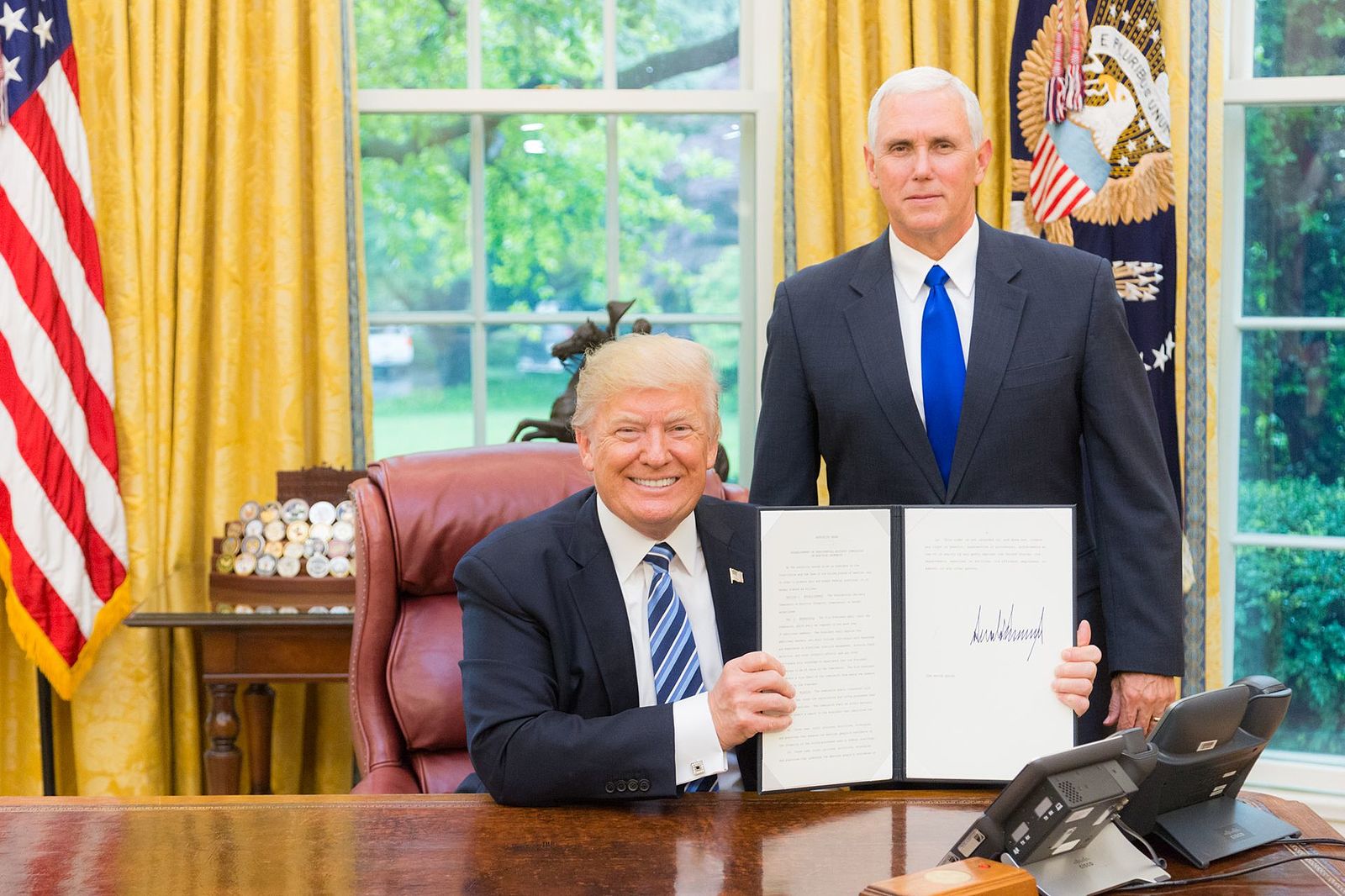
Many of today’s young people believe that a bachelor’s degree is the absolute minimum requirement necessary to land a well-paying job. In some industries, where college degrees are common, the master’s degree is becoming the new bachelor’s. President Trump wants to change that, at least as far as the federal government is concerned.
In June, the White House issued an executive order to modernize hiring in the federal workforce. Currently, most federal hiring relies on traditional college degrees: applicants must have at least a bachelor’s degree to even be considered for many jobs, and some need a master’s. The order aims to shift the emphasis in federal hiring away from traditional degrees and toward skills and relevant experience.
The executive order directs federal agencies to design new assessments that will directly evaluate the skills and competencies of job candidates. In most cases, agencies will not be allowed to turn away qualified candidates for want of a college credential. Candidates who have accumulated a stack of advanced degrees will have to demonstrate that they have the necessary skills to do the job and cannot simply fall back on their sheepskins.
Agencies will still be allowed to institute minimum educational requirements for federal jobs if having the degree is a legal requirement for people working in those occupations. Additionally, education may be considered if it “directly reflects the competencies necessary to … perform the duties of the position.” But in other cases, demonstrated skills and competencies must take precedence over college degrees.
Employers, including the federal government, have ratcheted up the level of education they require from job candidates for decades. This phenomenon, known as credential inflation, is well-documented. It is now common for employees in many occupations to have bachelor’s degrees even though that wasn’t the norm historically. In 1970, just 30% of marketing managers had college degrees whereas 72% do today. Over the same time period, the share of bartenders with degrees rose from 3% to 20%.
Credential inflation in the federal workforce has been particularly acute. Nearly 30% of full-time federal workers now have master’s degrees compared to less than 15% a quarter-century ago. If the bachelor’s degree is becoming the new high school degree in the economy at large, then the master’s degree is becoming the new bachelor’s degree in the federal government.
What drives employers’ ever-increasing demand for college degrees? Part of it could be that the skills required to perform certain jobs have increased, but that’s probably not the whole story. One report found that, in dozens of middle-skills occupations, job postings tend to require college degrees even though a majority of people currentlyworking in those occupations have not graduated college. Common occupations subject to credential inflation include administrative assistants, child-care workers, and lower-level managers. The gap between the education required on paper and the education actually used suggests that many employer demands for college degrees are superfluous.
One clue is the fact that credential inflation tends to accelerate during recessions, when the ratio of jobseekers to job openings skyrockets. Employers, faced with a glut of qualified candidates, find it easy to slap a bachelor’s degree requirement on their job postings to narrow things down. Those heftier education requirements, combined with the scarcity of open jobs and the easy availability of federal student aid, encourage people to go back to school during recessions. That produces a surge in the number of college graduates, which pushes employers to again increase their education requirements, and the vicious cycle continues.
Credential inflation produces a major drag on the economy, since students start to attend college not to learn useful skills, but because they feel they need a degree to get ahead in life. To get a bachelor’s degree—and in some cases, a master’s degree—students must spend years outside the workforce and accumulate tens of thousands of dollars in student debt. Credential inflation also makes it harder for people with useful skills but no college degree to land a job; even one they’re perfectly qualified for. That’s one reason that the unemployment rate for people without college degrees has soared since the current recession began.
That’s where President Trump’s executive order comes in. Employers must take initiative if the economy is to break its vicious cycle of credential inflation. The federal government, which has been among the worst offenders in this regard, can lead the way by emphasizing skills, experience, and abilities over the scraps of paper issued by colleges. Reconsidering education requirements, unless they are truly necessary to do the job, will make the labor market fairer and reduce the amount of time students have to spend borrowing money to obtain higher degrees.
Making the executive order work will require federal agencies to design assessments that can effectively measure skills without reference to college degrees. That’s easier said than done, and there are sure to be hiccups along the way. But defeating credential inflation requires us to start somewhere. The White House’s executive order on federal hiring could be the key.
Preston Cooper is a Visiting Fellow at the Foundation for Research on Equal Opportunity (FREOPP) and a contributor at Forbes.
I would be interested to know Prestin Cooper’s educational background!
This link appears to answer your question about him:
https://www.linkedin.com/in/preston-cooper-479331a4/
Ah, thanks. Swarthmore bachelor’s, now in econ Ph.D. I guess no worries about credential inflation!